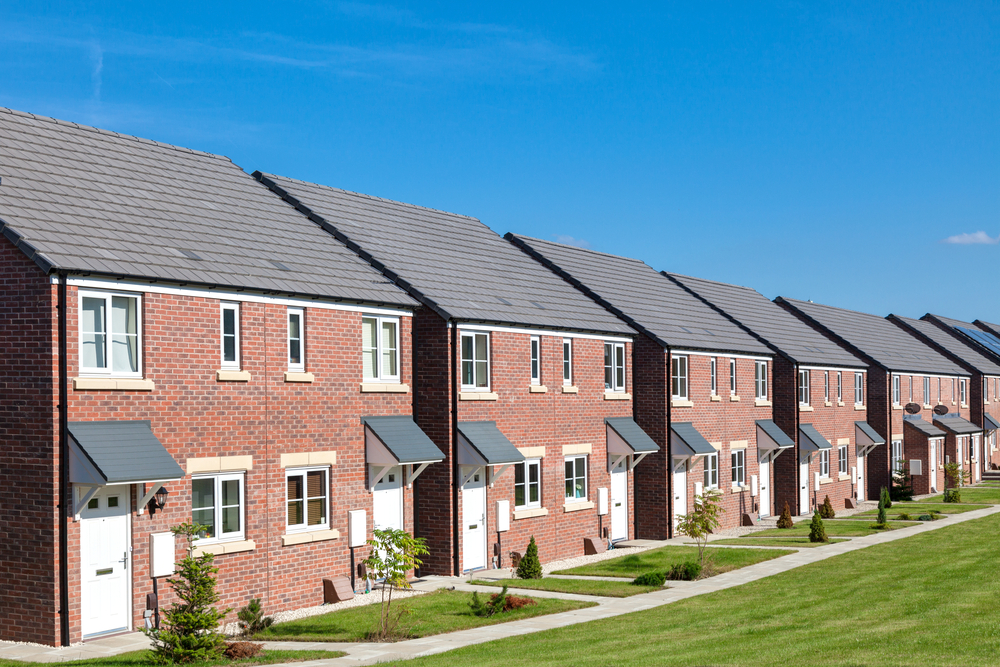News - Construction News
‘Medicore’ housing design

Recent research has labelled new housing design in England as overwhelmingly ‘mediocre’ or ‘poor’, with less-affluent communities the worst affected.
The research, conducted by UCL for CPRE and the Place Alliance through a national audit, revealed 73% of new housing development should not have gone ahead due to ‘mediocre’ or ‘poor’ design.
The report, an audit of over 140 housing developments built across England since 2007, found that one in five of these developments should have been refused planning permission outright as their poor design was contrary to advice given in the National Planning Policy Framework. A further 54% should not have been granted permission without significant improvements to their design having been made first.
The audit also found that:
- Less affluent communities are ten times more likely to get worse design, even though better design is affordable;
- Low-scoring housing developments scored especially badly in terms of character and sense of place, with architecture that does not respond to the context in which it is located;
- The worst reported aspects of design include developments dominated by access roads and the poor integration of storage, bins and car parking, leading to unattractive and unfriendly environments with likely negative health and social implications;
- Some gains have been made – schemes scored relatively highly for safety and security and were also typically successful at integrating a variety of sizes of house;
Tom Fyans, Campaigns and Policy Director at CPRE, the countryside charity, said: “The Government has presided over a decade of disastrous housing design and must raise standards immediately. This research is utterly damning of larger house builders and their failure to build the homes our communities deserve. They must significantly raise their game if we are to create the sorts of places that future generations will feel proud to call home. It’s no wonder so many of our communities feel apprehensive towards new development when the design is so poor. That’s why significantly improving the quality of design is central to addressing the housing shortage.”
If you would like to read more articles like this then please click here.
Related Articles
More News
- UK Introduces New Trade Measures to Support Steel Sector
11 Jul 25
Steel producers across the UK will benefit from stronger trade measures from 1 July.
- Clean energy future to be ‘built in Britain’
10 Jul 25
The Clean Energy Industries Sector Plan comes into force to ‘build it in Britain’.
- Thousands more to get the tools they need to start construction careers
9 Jul 25
Thousands of people are set to benefit from on-the-job training and career opportunities in the






